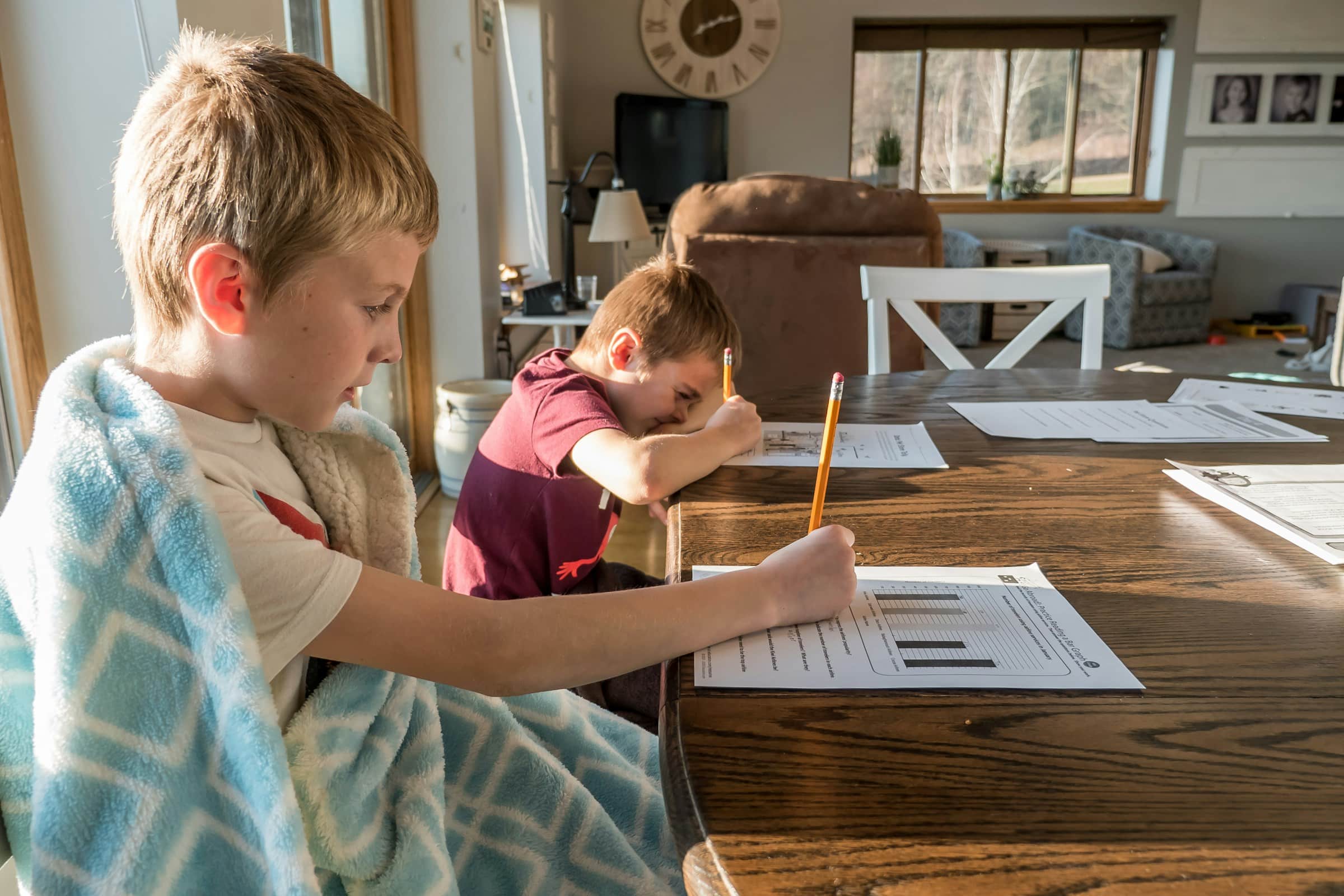In recent years, the concept of homeschooling has gained significant traction. As many parents and guardians choose to steer their child’s education personally, the need to create an excellent homeschooling space within the home has become paramount. This article will provide you with actionable tips on how to turn your living room into an effective and engaging space for homeschooling. We will delve into the appropriate choice of furniture, spatial arrangement, learning supplies and how to create an environment conducive for learning, particularly in the eyes of your children.
The Perfect Homeschooling Desk and Chair
When it comes to homeschooling, the importance of a good desk and chair cannot be overstated. The desk should be size-appropriate. A desk too large or too small will make the learning experience uncomfortable for the kids. The chair should also be properly proportioned and comfortable. An ergonomic chair that supports good posture will help your child concentrate better and prevent any potential health issues related to prolonged sitting.
A lire également : How to Build a Secure Outdoor Storage Solution for Gardening Tools?
A height-adjustable desk is a good choice, as it grows with your child and can be used for different activities like reading, writing, or crafting. If space is limited in your living room, consider a foldable table that is easy to set up before study hours and stowed away after.
Essential Learning Supplies
In order to create an effective homeschool space in your living room, you must stock it with the essential learning supplies. Must-haves include notebooks, pencils, pens, rulers, erasers, and other stationery items. Keep these within easy reach of the study table.
A voir aussi : What Are the Smartest Gadgets for a Tech-Savvy Home Kitchen?
Also, include reference books, textbooks, and other learning resources that will aid your child’s education. Resources such as globes, maps, flashcards, or learning games are helpful in making the learning experience more interactive. These should not just be limited to academic supplies; also consider creative materials such as paints, sketch pads, and modeling clay. They help stimulate creativity and are an essential part of a well-rounded education.
Space Arrangement
The way you arrange the homeschooling area in your living room can significantly impact the efficacy of learning at home. First, consider the natural light. Your child’s desk should be placed near a window if possible, as natural light is better for the eyes and boosts mood and productivity.
Next, consider the noise level. Homeschooling should ideally be conducted in a quiet environment. Although your living room may be the center of activity, try to make it a “quiet zone” during study hours.
Regarding storage, use shelves, baskets, or drawers for keeping books and supplies. A clean, organized room enhances focus and reduces distractions.
Creating a Conducive Environment for Learning
Creating a conducive environment goes beyond physical arrangement and supplies. The temporal arrangement is equally important. Have a consistent schedule for homeschooling and stick to it. The predictability will help your children adjust better to the homeschooling process.
Make your learning environment visually appealing. Decorate the walls with educational posters, your children’s artwork, or anything that inspires learning. Allow your children to contribute to the decoration; this will make them feel more connected to the space.
Combining Living and Learning Spaces
In smaller homes where space is at a premium, it may be challenging to dedicate a large area of your living room to homeschooling. However, this should not deter you from creating an effective learning environment. It’s about using the available space creatively.
Consider convertible furniture. A coffee table that turns into a desk or a sofa that has storage space underneath can be very helpful. Also, use walls for storage and decoration. Install shelves for books and learning materials, and hang up educational posters or artwork.
Remember, it’s important to maintain a balance. Your living room still needs to be a place of relaxation and family time. When school hours are over, ensure the room can easily switch back to being an ordinary living room. It might mean putting away books, folding up the study table, or storing away learning materials. This way, the room serves dual purposes without one function infringing on the other.
Creating a Multifunctional Homeschool Classroom
Creating a multifunctional homeschool classroom that can comfortably accommodate both learning and relaxation can seem daunting. However, with a few clever modifications and a touch of creativity, you can transform your living room into a versatile space that effortlessly transitions between school and home settings.
Consider incorporating multifunctional furniture into the room’s design. A rolling cart filled with school supplies can be easily moved around and tucked away when not in use. A dining table or kitchen table, for example, can double up as a study space during the day. A room divider or shelving unit can create a sense of separation between the homeschool space and living area, while also providing additional storage space for learning materials.
Ensure the space is well-lit. A well-lit room will help your children stay focused and motivated. If natural light is limited, invest in good quality desk lamps. Moreover, remember to include comfortable seating options. A mix of chairs and floor cushions can provide flexibility and keep the space casual and inviting.
When it comes to interior design, keep it simple and consistent. Choose a calming color palette and avoid overloading the space with too many decorative items. Remember, the goal is to make the space conducive to learning, not to distract.
Conclusion: Making the Most of Your Living Room for Distance Learning
In conclusion, creating a dedicated homeschooling space in your living room is not as challenging as it may seem. With a bit of creativity and careful planning, you can provide your children with a comfortable and productive learning environment, all within the heart of your home.
Remember, the key to a successful homeschool room is balance. It should be a place that encourages learning, yet still feels like a part of your home. It should be organized, but not to the extent that it feels sterile or uninviting.
Lastly, always be prepared to adapt. As the school year progresses, you may find that certain arrangements or supplies are no longer needed, or perhaps something is missing. Regularly reassessing and adjusting your setup will ensure you continue to provide the best possible learning environment for your children.
Overall, the effort and thought you put into creating a dedicated homeschool space will help enhance your child’s distance learning experience. It can make the difference between a struggling learner and a thriving one. So, start planning your homeschooling room today and witness the positive impact it has on your child’s education.






